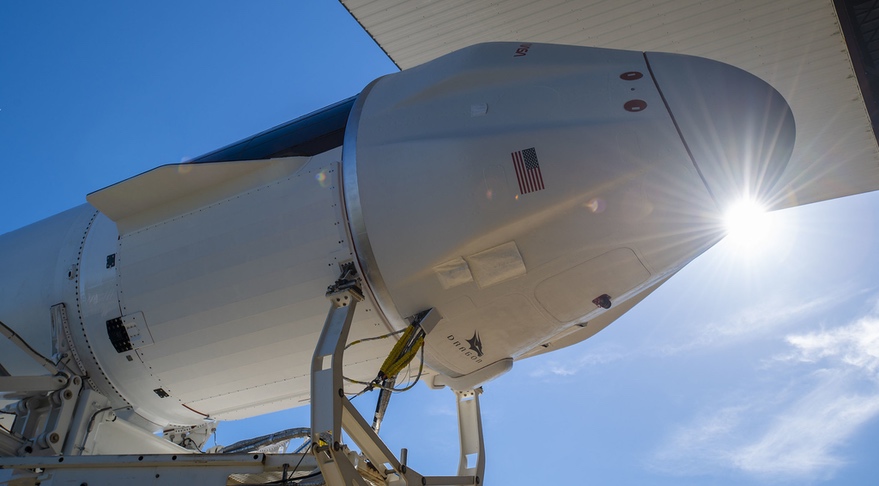Launch Date: November 26
Launch Window: 2:20pm EST (11:20pm PST, 19:20 UTC)
Launch site: LC-39A, Kennedy Space Center, Florida
Booster Recovery: ASDS - JRTI
Booster Type: B1076.1
Orbit: ISS in LEO
Mass: 9,525 kg (20,999 lb) for Dragon (C211 - New)
Dragon Return - 8/20/22
Yearly Launch Number: 54th
A SpaceX Falcon 9 rocket will launch a Dragon 2 spacecraft on a cargo resupply mission to the International Space Station. The flight is the 26th mission by SpaceX conducted under a Commercial Resupply Services contract with NASA.


Launch Window: 2:20pm EST (11:20pm PST, 19:20 UTC)
Launch site: LC-39A, Kennedy Space Center, Florida
Booster Recovery: ASDS - JRTI
Booster Type: B1076.1
Orbit: ISS in LEO
Mass: 9,525 kg (20,999 lb) for Dragon (C211 - New)
Dragon Return - 8/20/22
Yearly Launch Number: 54th
A SpaceX Falcon 9 rocket will launch a Dragon 2 spacecraft on a cargo resupply mission to the International Space Station. The flight is the 26th mission by SpaceX conducted under a Commercial Resupply Services contract with NASA.


Last edited:



